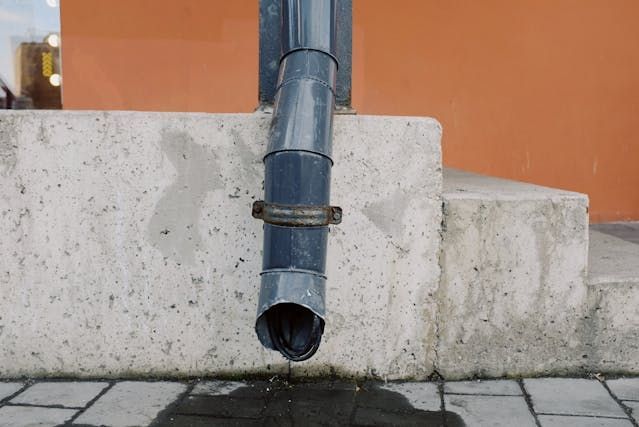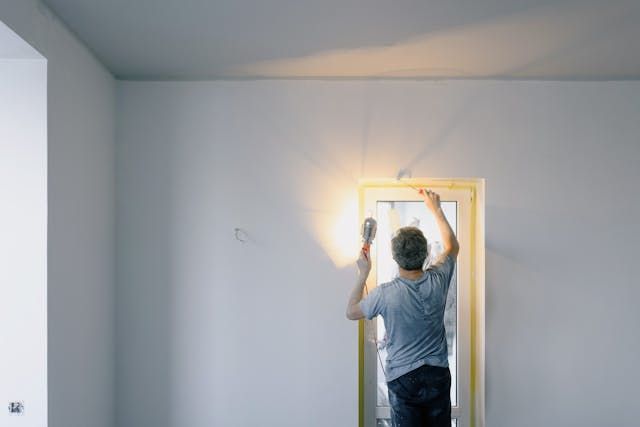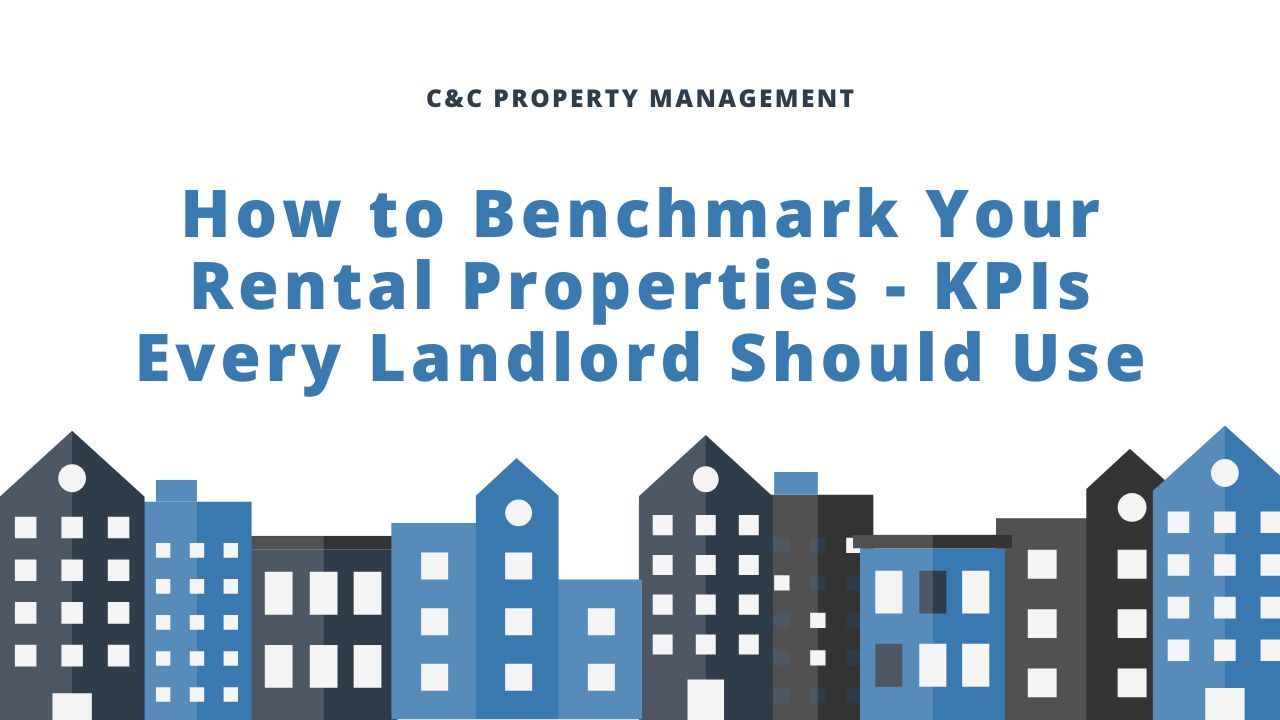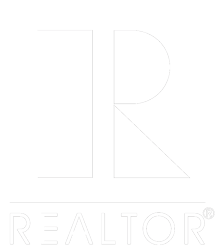How to Avoid Water Damage in Your Rental Property
Key Takeaways
- Conduct Regular Inspections: Regular inspections help to identify potential water damage risks, such as leaking pipes, clogged gutters, and faulty plumbing fixtures.
- Winterize Your Property: Winterizing your property can prevent frozen pipes, which can lead to costly water damage during colder months.
- Encourage Tenant Communication: Open communication with tenants ensures water-related issues are reported promptly, allowing for timely repairs and minimizing damage.
Household leaks can cost you a lot of money in property damage when left unaddressed for long periods. According to FEMA and the National Flood Insurance Program, just an inch of water in the typical home can cause up to $25,000 worth of damage.
As a landlord, it’s important to take preventative measures to ensure your rental property is safe from water damage. The following are some helpful tips we’ve compiled at
C&C Property Management to help you in this regard.
What Are the Possible Causes of Water Damage?
Not all signs of water damage are apparent. The sneaky ones, in particular, can be a nightmare to identify and diagnose. That’s why property inspection from time to time is key for the long-term success of your rental investment. You’ll also want to respond to tenant’s issues regarding water damage as soon as possible.
The following are some common sources of water damage in a home:
- Malfunctioning plumbing fixtures and appliances.
- Failing hoses in the washing machine.
- Clogged gutters and downspouts. Make sure to inspect these at least twice every year to ensure they work as they should.
- Leaking, blocked, or burst pipes.
- Frozen pipes during winter can burst or crack, causing water damage in the home. That’s why winterization is a key responsibility for landlords before the cold weather sets in.
- Tree roots can also cause water damage as they grow thicker and exert pressure on pipes, leading to cracks and breaks.
- Rodents can cause water damage in a variety of ways. Including, chewing on pipes, damaging water-related appliances, nesting in plumbing areas, and creating entry points for water.
- Sewage backups are also another possible cause of water damage in a home. It can back up and overflow from toilets, sewer lines, drains, flooding the nearby areas.
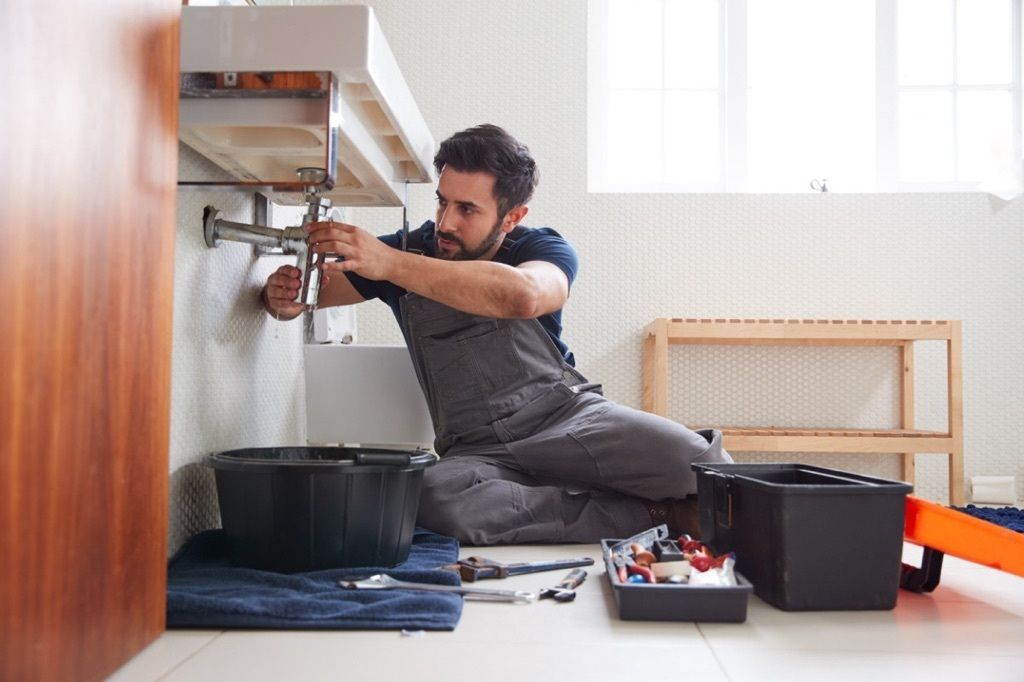
Signs of Water Damage in Your Rental Property
In order to
maintain your rental property effectively it’s important to know the signs of water damage. The following are signs to look out for:
- A sudden surge in your water bill. If your water bill suddenly goes up, it could be a telltale sign that there is water leaking somewhere.
- Pooling of water on the floor.
- Water stains on the ceiling boards.
- Growth of mold or mildew that won’t go away even after cleaning it multiple times.
- Peeling or bubbling of paint or wallpaper.
- Sounds of dripping or running water when no water is in use in the home.
- Cracks in walls or foundation.
- Soft or spongy spots on walls or floors.
If you have noticed any of these signs when inspecting your rental property, take immediate action. With water leaks, the longer you leave them unaddressed, the more damage they will end up causing.
Tips to Prevent Water Damage in Your Rental Property
As a landlord, there are several safeguards you can implement that can help you prevent water damage in your rental property. The following are proven tips to help you in that regard.
Clean the Downspouts
Downspouts and gutters work conjunctively to ensure rainwater flows to the ground properly. With downspouts, you’ll want to ensure that they are not blocked and carry water as far away from the home’s foundation as possible.
This will help minimize flooding issues around your home’s foundation.
Inspect Your Gutters Regularly
At a minimum, make sure you have your gutters cleaned once a year. If you fail to do so, dried leaves and other debris will accumulate and prevent the efficient flow of rainwater down to the downspouts. As a result, water can overflow and spill down to the sides of the property. Over time, this can lead to structural issues.
When inspecting the gutters, don’t forget to check their alignment as well. Make sure they are angled downward for proper water drainage.
Check the Property’s Grading
Check to see whether the property is graded properly. If your property isn’t graded properly, water can quickly build up on level ground, increasing the chances of water damage to your home.
A positively graded yard ensures the ground around a house is sloping away from it, directing rainwater away from its foundation.
Seal Windows Properly
Are there any cracks in your windows? If so, repair them as soon as possible. Cracked or improperly sealed windows can allow water to seep into a home. Over time, persistent leaks can weaken walls, flooring, and insulation, making it essential to repair or reseal windows promptly to prevent moisture intrusion.
You will also want to ensure that your sump pump is working as it should. These are designed to ensure efficient water removal from the sump pit of your basement or crawlspace. If you don’t and the sump pump happens to be broken, the persistent dampness in the basement area can lead to water damage to the adjacent areas.
Inspect the Roof
This is another part of your rental property that can cause serious water damage if damaged. And unfortunately, since it’s out of sight, it’s often overlooked as a potential water damage risk. Oftentimes, attention will only be given to the roof once issues start popping up. At this point, the damage could be worth thousands of dollars in repair costs.
Preferably, check your roof at least once a year. Be on the lookout for issues like:
Interior Signs
- Peeling or bubbling paint.
- Damp or musty odors.
- Water stains on ceilings and walls.
- Mold growth.
- Sagging ceilings.
- Cracks in the ceiling.
Exterior Signs
- Damaged flashing.
- Granules in gutters.
- Missing or damaged shingles.
- Sagging roof deck.
If you notice any of these signs, act immediately to prevent further damage and potentially costly repairs.
Bottom Line
There you have it. Proven tips on how to avoid water damage in your rental property. Make it a habit to inspect your property on a regular basis to ensure everything works as it should.
Regular inspections help ensure everything is functioning properly while also identifying signs of
tenant damage and the natural progression of
wear and tear. By addressing these issues early, you can prevent minor problems from becoming costly repairs.
If you need any help carrying out inspections or with any of your property management needs, consider partnering with C&C Property Management. We are a full-service property management company that can help you achieve all your investment goals.

